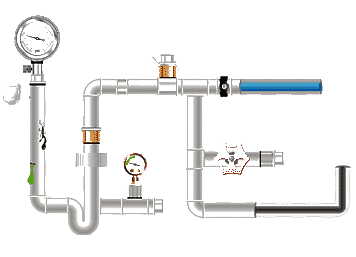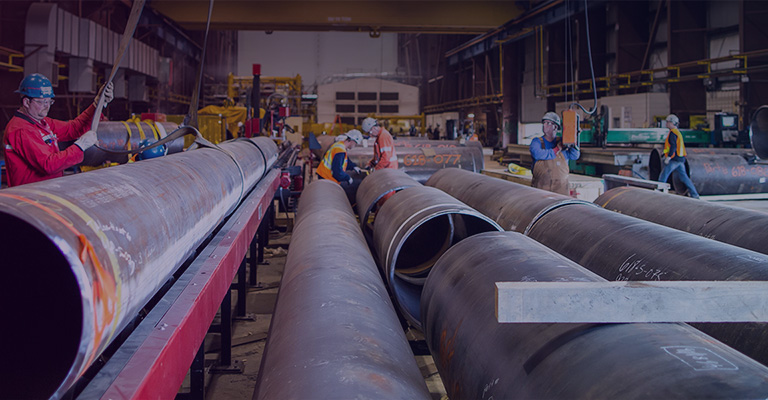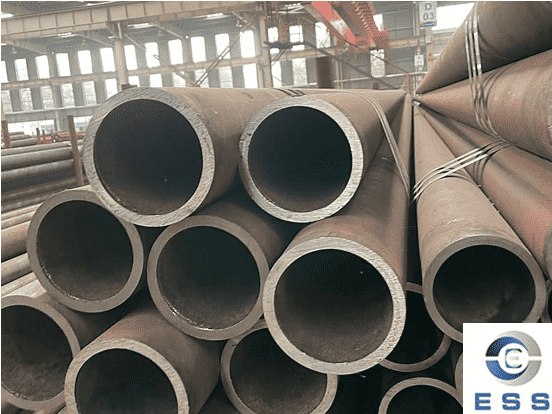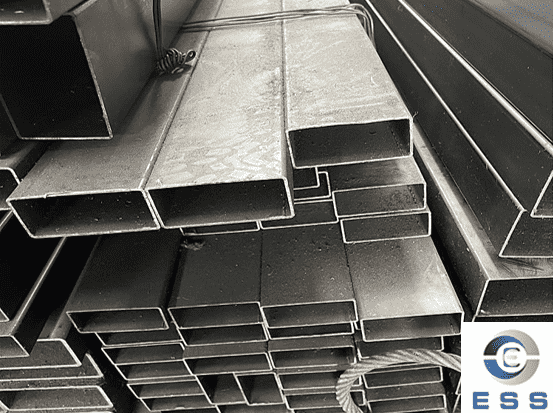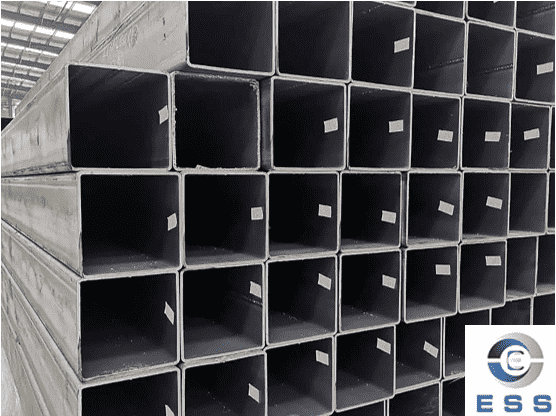When selecting steel pipe, dimensional
accuracy, wall thickness range, and outer diameter control are key factors in
determining its performance and application. Although both seamless
and seam pipes (ERW and SSAW) are steel pipes, they differ
significantly in their production processes, dimensional ranges, and tolerance
standards. The following systematic comparison of the two is conducted from
multiple perspectives.
Seamless pipe is formed by piercing a solid
steel billet and then hot-rolling or cold-drawing it without welds.
Specifications are indicated as "outer diameter (mm) x wall thickness
(mm)." For example, Φ89×4
indicates an outer diameter of 89 mm and a wall thickness of 4 mm.
1. Common Standards
GB/T 8163-2018 (Seamless Steel Pipe for
Fluid Transportation)
ASTM A106 / ASTM A53 (American Standard)
EN
10210 / EN 10216 (European Standard)
2. Size Range
Hot-rolled seamless pipes typically have an
outer diameter of 32-630mm and a wall thickness of 2.5-75mm.
Cold-drawn pipes have smaller outer
diameters (6-200mm), wall thicknesses of 0.25-14mm, and higher precision (±0.2mm).
3. Limitations
Due to process limitations, extremely large
diameters (>630mm) or ultra-thin wall thicknesses (<0.25mm) are difficult
to produce.
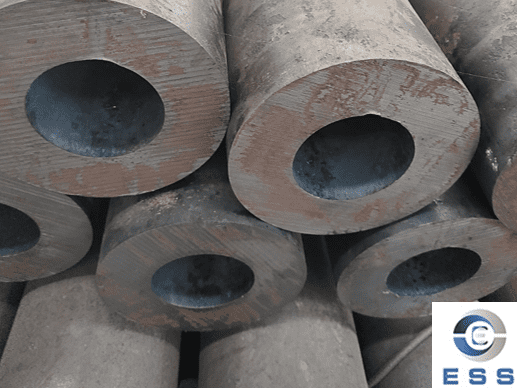
Welded Pipe Size Standards and Ranges
Welded pipes are made by welding steel
plates or strips that have been coiled. Common processes include longitudinal
seam welding (ERW) and spiral seam welding (SSAW). Specifications are similar
to those for seamless pipes, but with a wider range.
1. Common Standards
GB/T 9711 (Steel Pipe for Oil and Gas
Transportation)
SY/T 5037-2018 (Spiral Submerged Arc Welded
Pipe)
API 5L (Transmission Pipeline Standard)
2. Size Range
Straight seam welded pipe has an outer
diameter of up to 3 meters (e.g., water pipelines) and a wall thickness of
0.5-25 mm; spiral welded pipe typically has an outer diameter of 219-3500 mm
and a wall thickness of 5-25 mm (SY/T 5037-2018).
3. Flexibility
Non-standard sizes, such as square
and rectangular pipes (e.g., 40×60 mm), can be
produced by adjusting the steel plate width.
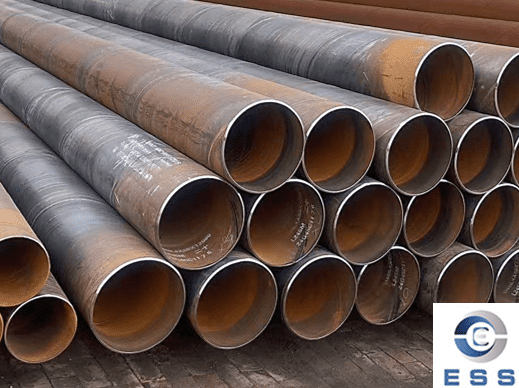
Seamless Pipe vs. Welded Pipe: Size
Comparison
1. Diameter Range
Welded steel pipe has a wide diameter
range, allowing for the manufacture of larger diameters, ranging from 1/2 inch
to 100 inches. Small-diameter welded pipes can be produced directly from steel
strips and plates, while large-diameter steel pipes must first be formed from
round steel preforms or plates, followed by welding, painting, and packaging,
resulting in relatively high costs.
The diameter range of seamless pipes is
relatively small, ranging from 3/8 inch to 26 inches, which is smaller than
that of welded pipes. Smaller diameter seamless pipes are produced directly
from ingots, while larger diameter seamless pipes require hot rolling, cold
drawing, and other processes.
2. Wall Thickness
The wall thickness of welded pipes is
relatively thin and uneven, ranging from 2.0 to 11.0 mm. Due to limitations in
welding processes, welded steel pipes are thinner than seamless steel pipes and
are more prone to welding defects, which can shorten their service life.
Seamless steel pipes offer uniform wall
thickness and high strength, generally thicker than welded steel pipes,
reaching up to 45 mm. They offer excellent stability and are commonly used in
high-pressure, high-strength industrial applications.
3. Pipe Diameter Accuracy
There is a significant difference in the
diameter accuracy of welded and seamless pipes. Welded pipes have lower
accuracy than seamless pipes.
The diameter error for welded pipes under
different standards ranges from 2% to 3%, while the diameter error for seamless
pipes is less than 1%. Therefore, seamless pipes are preferred for applications
requiring higher precision.
4. Outer Diameter Tolerance
Welded steel pipes are formed by coil
welding, using processes such as longitudinal seam welding (ERW) and spiral
seam welding (SSAW). Due to metal contraction during high-temperature welding,
the outer diameter tolerance is typically ±1%. For
example, the outer diameter of a DN100 welded pipe is permitted to be 114.3 ± 1.1 mm.
Seamless pipes, on the other hand, are
produced using a pierced cold rolling/cold drawing process, eliminating the
effects of weld stress and maintaining a tighter tolerance (±0.5%). The outer diameter of the same specification is 114.3 ± 0.6 mm.
|
Comparison Items
|
Seamless Steel Pipe
|
Welded Steel Pipe (ERW/SSAW)
|
|
Outer Diameter Range
|
6–630mm (Some thermally expanded tubes
can reach 820mm)
|
21.3–3500mm
|
|
Wall Thickness Range
|
0.25–75mm
|
0.5–25mm
|
|
Dimensional Accuracy
|
±0.5% (Cold-drawn tubes can reach ±0.2mm)
|
±1%–2%
|
|
Length Range
|
5–12m (Customizable)
|
6–18m (Customizable or double length
available)
|
Selection Recommendations
1. Preferring Seamless Pipe
Working pressure ≥ 10mpa or media with flammable or explosive gases;
Frequent bending required (e.g., Φ50×5mm cold-drawn tubes for automotive drive
shafts).
2. Preferring Welded Pipe
Large diameter (>600mm) or non-standard
shape (e.g., 200×100mm rectangular tubes);
Budget limitations and low pressure
requirements (e.g., φ48×3.5mm ERW pipes for construction scaffolding).
Summary
Welded and seamless pipes differ in size. Welded
pipes have a wide diameter range but thin wall thickness, making them suitable
for general low-pressure fluid transportation. Seamless pipes have a relatively
narrow diameter range but offer uniform wall thickness and high strength,
making them suitable for applications requiring frequent deformation or subject
to high pressure. When selecting steel pipe, it's important to comprehensively
consider the specific application and select the appropriate product to ensure
project quality and economic efficiency.









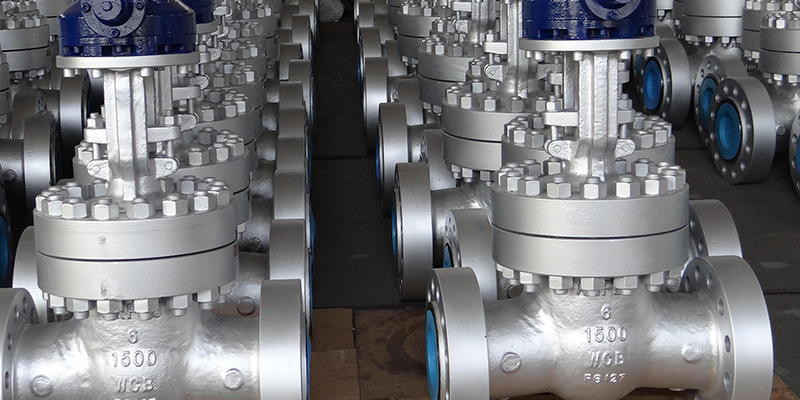
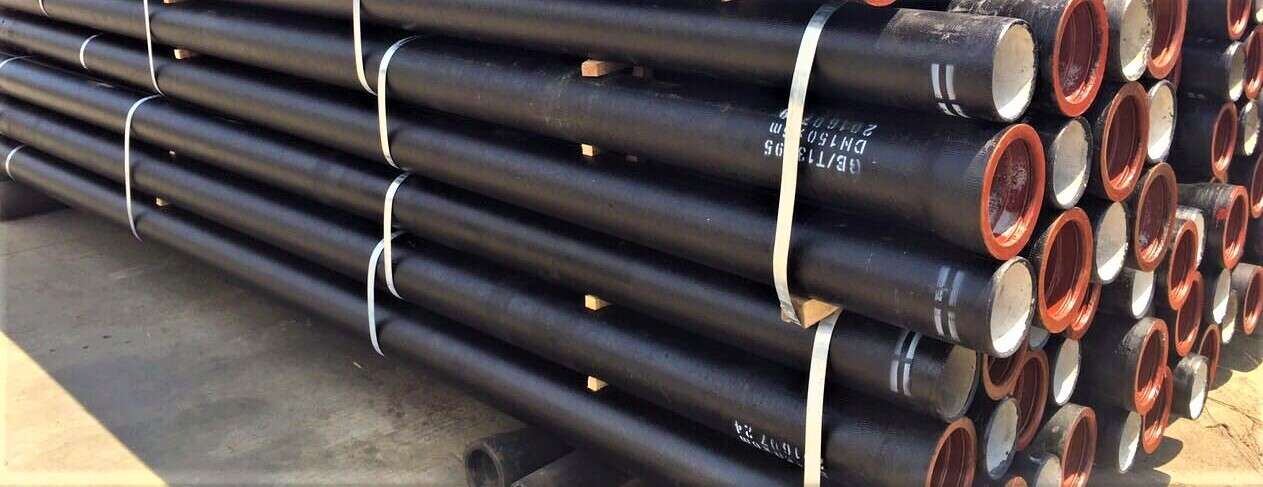


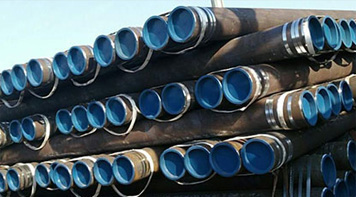 Eastern Steel Manufacturing Co.,Ltd not only improve product production and sales services, but also provide additional value-added services. As long as you need, we can complete your specific needs together.
Eastern Steel Manufacturing Co.,Ltd not only improve product production and sales services, but also provide additional value-added services. As long as you need, we can complete your specific needs together.
